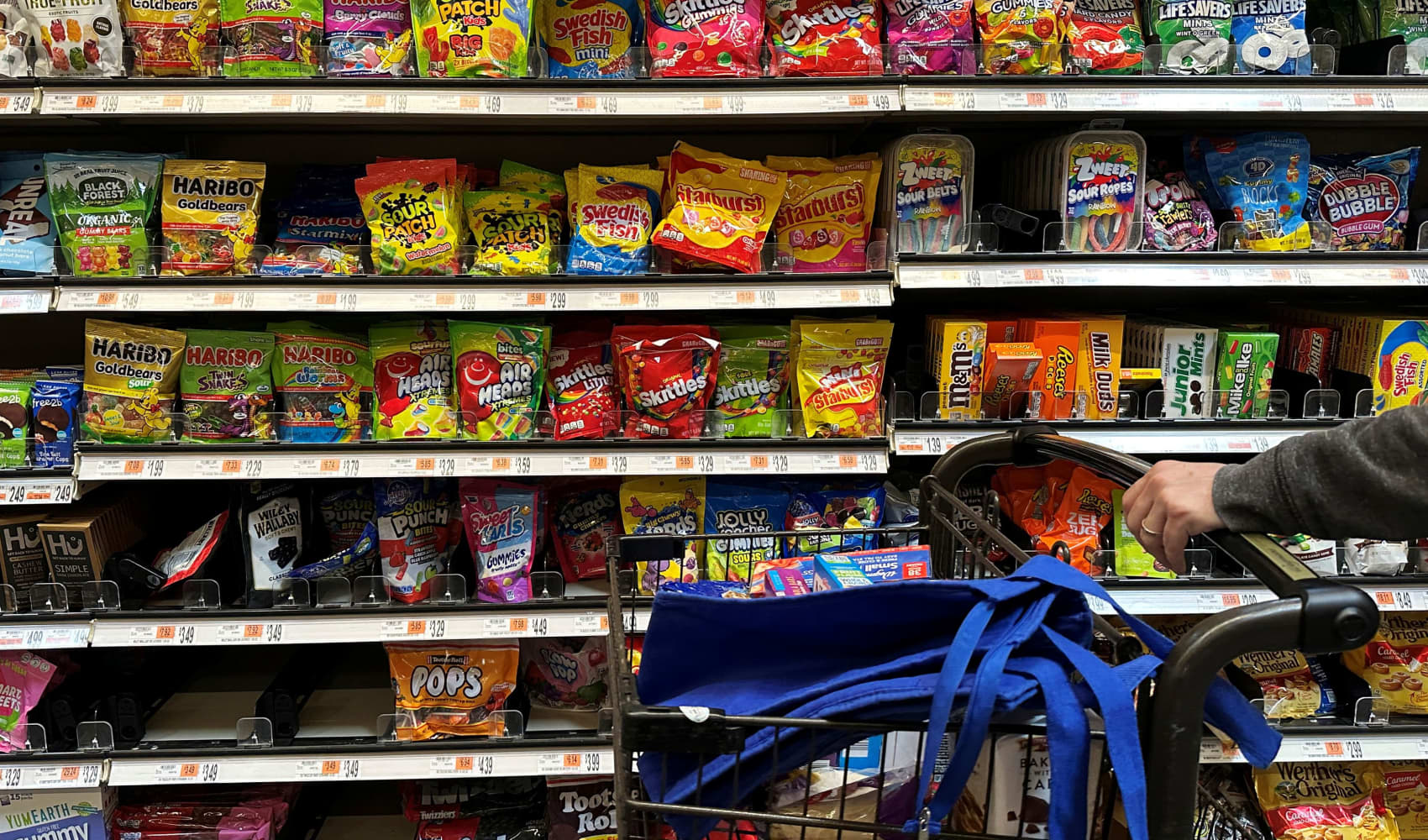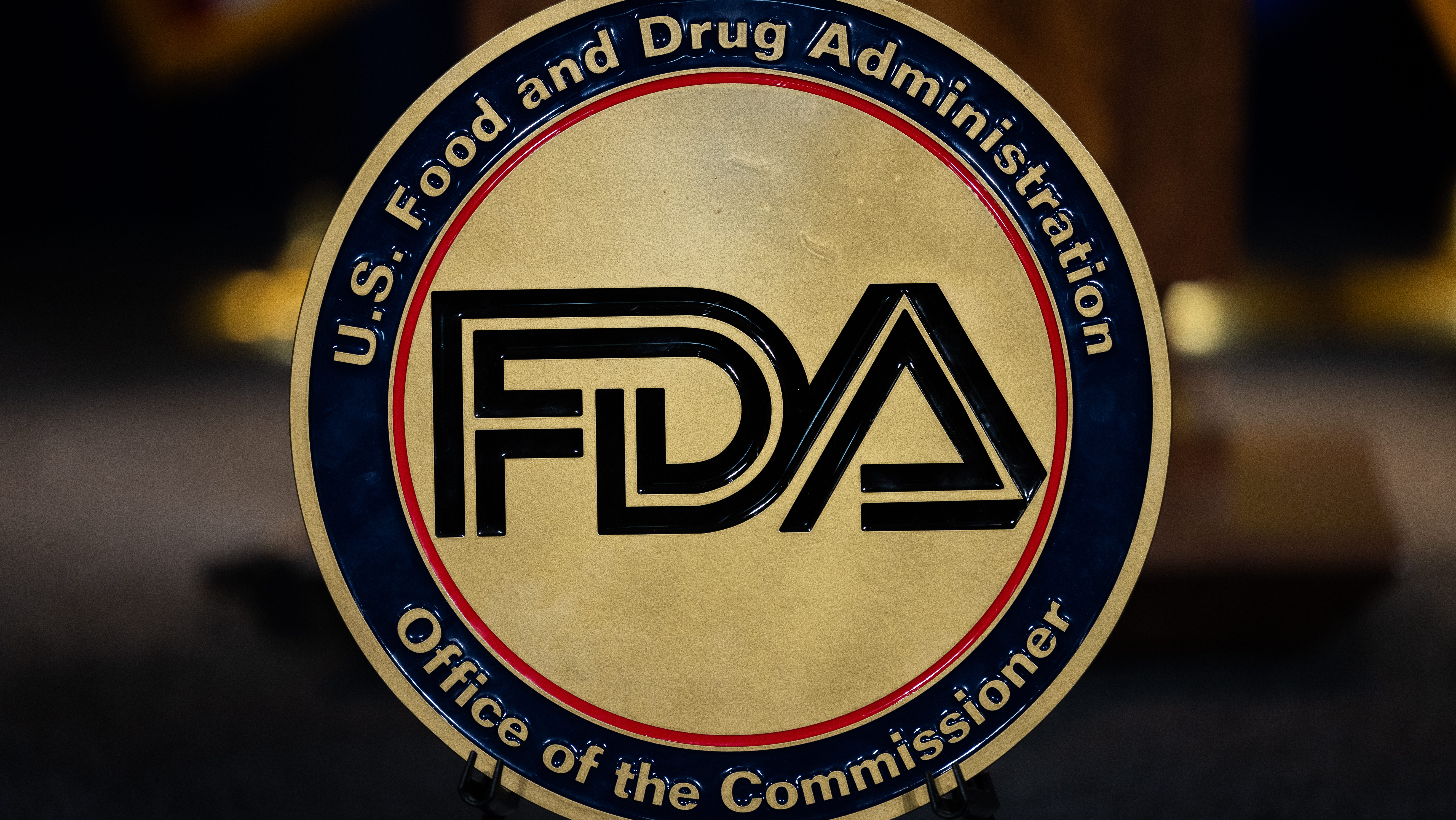FDA Bans Dyes in Snacks! Cheetos & Skittles Next?
Goodbye Rainbow? FDA to Phase Out Dyes in Flamin' Hot Cheetos & More
Introduction: A Colorful Era Ends?
Hold onto your hats, snack lovers! The vibrant world of artificially colored treats is about to get a whole lot less… well, vibrant. Remember that eye-popping red of Flamin' Hot Cheetos, the electric blue of your favorite sports drink, or the dazzling array of Skittles? These iconic hues might soon be history. The Food and Drug Administration (FDA) just dropped a bombshell, announcing a phase-out of petroleum-based synthetic dyes by the end of next year. What does this mean for your favorite snacks and drinks? Let's dive in!
The FDA's Announcement: A Call for Change
The FDA is officially phasing out the use of artificial dyes by the end of next year. This monumental decision marks a significant shift in the agency's approach to food additives and consumer safety. But why now? And what exactly spurred this change?
The 'Toxic Soup' Argument
FDA Commissioner Marty Makary didn't mince words at the press conference. He declared that American children have been living in a "toxic soup of synthetic chemicals" for the past 50 years. A strong statement, indeed! This sentiment echoes concerns raised by health advocates and consumer groups for decades. Are these dyes really as harmless as we've been led to believe?
Which Companies Are Affected? The Big Players
This policy change will send ripples through the food and beverage industry, impacting some of the biggest names in the game. Think about it: which companies rely heavily on vibrant, artificial colors to attract consumers? Here are a few giants who will need to adapt:
- PepsiCo (Think Mountain Dew Baja Blast!)
- General Mills (Consider all those colorful cereals!)
- WK Kellogg (More vibrant cereals!)
These companies, and many others, will need to reformulate their products to comply with the new regulations. Are they up to the challenge?
The "Make America Healthy Again" Platform: A Driving Force
Behind the scenes, a movement called "Make America Healthy Again" has been pushing for this change. This platform alleges a "corrupt alliance" between drug companies, food manufacturers, and federal health agencies. According to them, this alliance is actively making Americans less healthy. While such claims require careful examination, the core argument resonates with many consumers: are we truly prioritizing health and well-being in our food system?
What Are Petroleum-Based Synthetic Dyes?
Let's get down to the nitty-gritty. What exactly are these dyes that are causing so much concern? Petroleum-based synthetic dyes, as the name suggests, are derived from petroleum. They're used to give food and drinks bright and consistent colors. Some common examples include:
- Red 40
- Yellow 5
- Blue 1
These dyes are relatively inexpensive and offer vibrant colors, making them attractive to food manufacturers. But at what cost?
The Health Concerns: What the Research Says
The potential health effects of these dyes have been a subject of debate for years. While regulatory bodies like the FDA generally deem them safe in limited quantities, concerns persist. Some studies have linked artificial food dyes to:
- Hyperactivity in children
- Allergic reactions
- Potential carcinogenic effects (in some animal studies)
It's important to note that the research is often conflicting, and more studies are needed to fully understand the long-term effects. But isn't it better to err on the side of caution, especially when it comes to our children's health?
The Impact on Your Favorite Snacks: Say Goodbye to Neon?
What will your favorite snacks look like without these artificial dyes? Will Flamin' Hot Cheetos become… simply Cheetos? Will Mountain Dew Baja Blast lose its signature electric blue? It's hard to say for sure, but expect to see some changes in the appearance of your go-to treats. Will these changes affect their taste? Only time will tell.
Natural Alternatives: What Are the Options?
The good news is that there are plenty of natural alternatives to artificial dyes. These include:
- Beet juice (for red)
- Turmeric (for yellow)
- Spirulina (for blue-green)
- Annatto (for orange-yellow)
However, natural dyes can be more expensive and may not produce the same vibrant colors as their synthetic counterparts. Could this lead to price increases or less visually appealing products?
The Cost to Companies: Will Prices Rise?
Reformulating products with natural dyes can be a costly endeavor. Companies will need to invest in research and development, as well as potentially source more expensive ingredients. Will these costs be passed on to consumers? It's certainly a possibility. Get ready for potentially pricier, yet perhaps healthier, snacks.
Consumer Reaction: Will People Still Buy Them?
How will consumers react to the changes? Will they embrace naturally colored alternatives, even if they're less visually striking? Or will they miss the vibrant hues of their favorite snacks? Consumer acceptance will be crucial for the success of this transition. Will people prioritize health over vibrant colors?
The Global Perspective: Are Other Countries Doing This?
The United States isn't alone in grappling with the issue of artificial food dyes. Several other countries have already implemented stricter regulations or outright bans on certain dyes. In the European Union, for example, foods containing certain artificial colors must carry a warning label. Is the US finally catching up to global trends in food safety?
Potential Loopholes and Challenges: What to Watch Out For
Despite the FDA's announcement, there could be potential loopholes or challenges in the implementation of this policy. For example, what about products that are imported from other countries? How will the FDA ensure compliance? And could companies find ways to skirt the rules? Vigilance will be key to ensuring that this policy achieves its intended goals.
The Future of Food: A Healthier Tomorrow?
Ultimately, the FDA's decision to phase out artificial dyes represents a step towards a potentially healthier future. By prioritizing natural alternatives and addressing concerns about consumer safety, we can create a food system that is both delicious and nutritious. Is this the beginning of a broader movement towards cleaner, healthier food products?
Alternative Perspectives
It's important to note that the decision is not without its detractors. Some argue that the scientific evidence linking artificial dyes to significant health problems is weak, and that the move will simply increase costs for consumers. Others worry about the impact on the food industry and the potential loss of iconic food products. It's a complex issue with no easy answers.
Conclusion: A Less Colorful, But Potentially Healthier, Future
The FDA's phase-out of petroleum-based synthetic dyes marks a significant shift in the food industry. While the vibrant colors of our favorite snacks may fade, this change could pave the way for a healthier and more transparent food system. It's a complex issue with potential benefits and drawbacks, but ultimately, it's a conversation worth having. Are you ready for a less colorful, but potentially healthier, future?
Frequently Asked Questions
- Why is the FDA phasing out artificial food dyes?
The FDA is phasing out artificial food dyes primarily due to growing concerns about potential health effects, particularly hyperactivity in children and allergic reactions. They are responding to public pressure and scientific debate on the issue.
- What specific foods and drinks will be affected?
A wide range of foods and drinks that currently use petroleum-based synthetic dyes will be affected, including many popular snacks, candies, cereals, and beverages. Expect brands like Flamin' Hot Cheetos, Skittles, and Mountain Dew to be impacted.
- When will these changes take effect?
The FDA has announced that the phase-out will be completed by the end of next year. This means food manufacturers have approximately one year to reformulate their products to comply with the new regulations.
- What are the alternative options to artificial dyes?
There are many natural alternatives to artificial dyes, including beet juice (for red), turmeric (for yellow), spirulina (for blue-green), and annatto (for orange-yellow). These natural colorants are derived from plants and other natural sources.
- Will this change affect the price of food and drinks?
It is possible that the change could lead to price increases, as natural dyes can be more expensive and may require additional research and development to incorporate into existing products. However, the impact on prices will likely vary depending on the product and the manufacturer.

